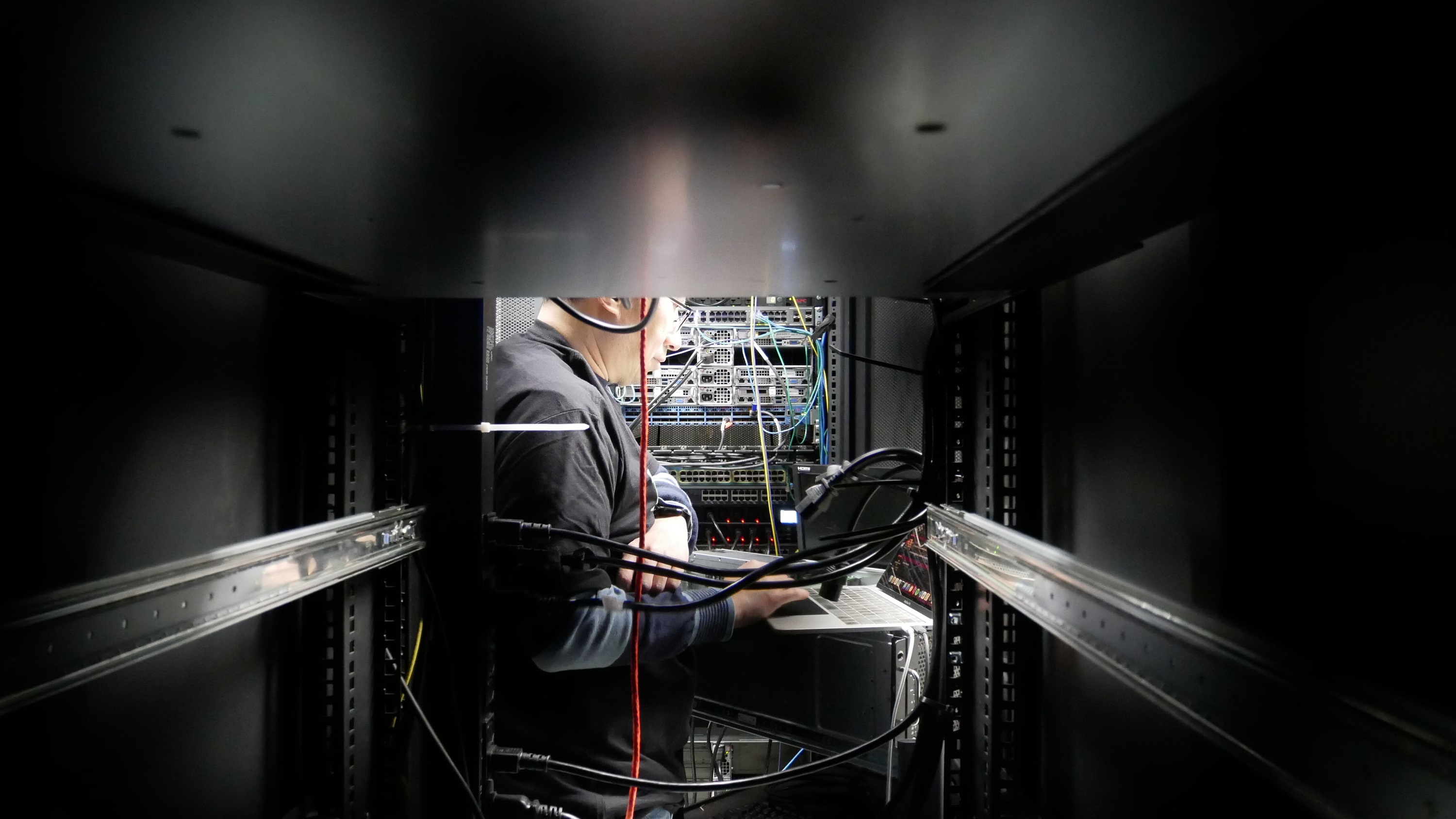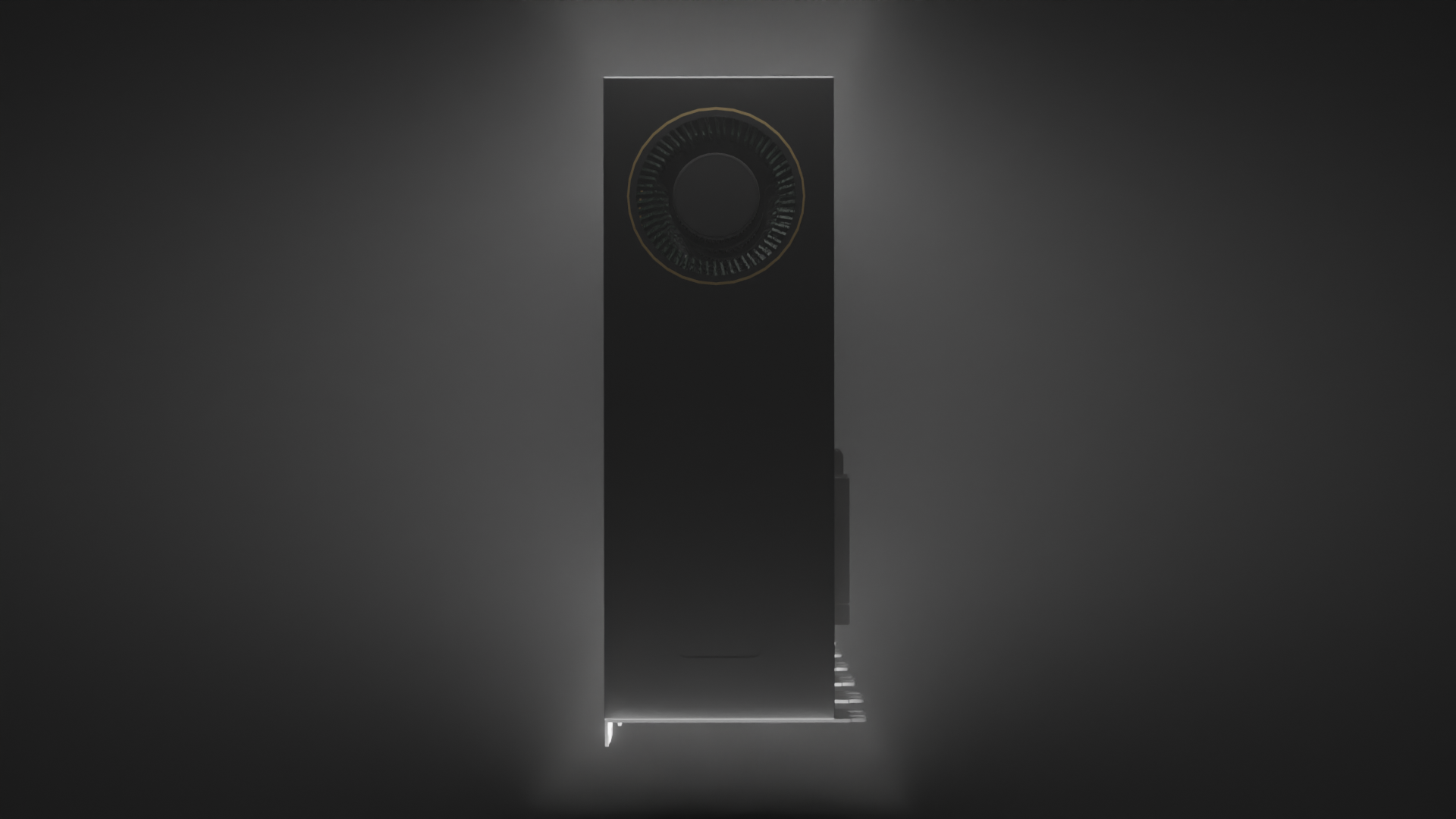TensorDock: Investing in a better future

TensorDock has raised a pre-seed funding round led by Haystack. I’m excited to share how this will allow us to solidify our position as a leading cloud marketplace.
Making bets
Five years ago, I stumbled across an eBay auction for an old 2007 Dell PowerEdge 2950 server. It was almost as old as myself and would eat through over 200 kilowatt-hours of electricity every month. Who in their right mind would buy a 4-foot piece of junk metal destined for the dumpster? Me.
I was the only bidder, and I paid just $6 for it. At first, I used the server to host websites. As time went on though, customers began asking for dedicated servers—and I happily obliged. Then, three years ago, I stumbled across an eBay auction featuring an NVIDIA Tesla V100 graphics card. Who in their right mind would spend $2k on a graphics card that doesn’t even have a display output? Yeah, me.
My arms were shaking, and I had to take a few laps around the house afterwards. At the time, spending thousands of dollars for a weird graphics card seemed like an absurd amount of money—and it was. From a logical standpoint, I didn’t have enough customers to know that I’d make an ROI on it. Yet, seeing an opportunity to snag a piece of hardware below market price that nobody else had spotted, I decided to go for it anyways. The purchase of this GPU led to the creation of a dedicated GPU servers product line, which quickly became my most profitable product and led to the creation of TensorDock.
As a startup, we have to make bets. We need to invest in our product, in new initiatives, and most importantly, our people. Haystack’s backing enables us to make larger bets in key areas to drive growth.
Meet Haystack
Haystack is a Silicon Valley-based venture capital fund with $450M in AUM that invests in early-stage companies. In just 10 years, they’ve built a solid track record; previous investments include DoorDash, Instacart, Figma, Carta, and Hashicorp.
Given that they specialize in finding the “needle in a haystack” at the earliest stage so to speak, we’re especially thrilled to be funded by them.
Haystack’s pre-seed investment allows us to focus
TensorDock began as an offshoot of Dash Cloud, a business where two friends and I built physical servers and hosted those for customers. As time has progressed, we’ve built more and more software—to the point where now, our software operations comprises more of our revenue and profits than our hardware operations. In fact, Marketplace has consistently grown 20%+ month-over-month for the past few months. With that in mind, we’re announcing a few major changes enabled in part by this investment from Haystack:
Our backend is migrating from OpenStack to Libvirt
OpenStack has served us well over the past half year, but instability, lack of support for PCI devices, and inefficient architecture has led us to create our own hypervisor management level built atop Libvirt. With this change, we’ll truly control the hypervisor stack, giving us the freedom to develop better features than what’s already on the market.
- 5x faster: we’ve seen deployment times for servers that would take 10 minutes to orchestrate onto OpenStack to 2 minutes; the average deployment time for small servers is in the tens of seconds
- 10x more reliable: in our preliminary testing, we’re seeing error rates to be around 1/10th that of our OpenStack setup
- Customizable: our Libvirt integration has around 2x the code compared to our OpenStack integration, but this bare level access lets us truly customize every facet
Create kick-ass advertisements
Just as we’re investing in both our software and hardware, we’re also changing the way we advertise. This ad is just the start. In the coming months, we’ll spend more on advertising to drive volume into our ecosystem.
Watch it here: https://youtu.be/MsroYEHNLHY.
No more guaranteed payouts; hosts’ payouts shifting to usage-based
March is our first full month where all hosts with on-demand servers will be paid based on actual consumption. Hosts can see their hostnodes along with the physical facilities they’re located within our hosting dashboard. Instead of us paying hosts at the end of the month, hosts will now have account balances increase incrementally throughout the month, with the freedom to withdraw anytime.
By shifting to usage-based payouts from guaranteed payouts, TensorDock as a company doesn’t take on any risk when new servers are added, allowing us to grow our marketplace faster without needing to balance risk.
Hosting Penalties
To ensure stability of hosts and guarantee clients a pleasant experience, we’ll be enforcing these penalties from hereon out:
- 99.99%-100%: uptime: pro-rated revenue loss plus 5% penalty (e.g. 1 reboot)
- 99.9%-99.99%: pro-rated revenue loss plus 20% penalty (e.g. short power outage)
- 99%-99.9%: pro-rated revenue loss plus 40% penalty (e.g. extended power outage)
- Lower or preventable data loss: account ban
Physical Expansion to Michigan
A few weeks ago weeks ago, we began our latest build-out yet: Michigan at 123.net’s Southfield data center campus. With this, we’re able to provide:
- Low pings throughout the northeast: 5ms to Chicago; 10ms to Toronto; 20ms to New York, Boston, Ashburn; 30ms to Dallas
- Better redundancy: true multi-homed network; generator backups
- Upstream scalability: 100Gbps+ networking and multiple megawatts of available space for us to grow into
 TensorDock technician installing servers at 123.net’s data center in Michigan
TensorDock technician installing servers at 123.net’s data center in Michigan
This hardware is all listed exclusively on our marketplace. Throughout the coming months, we intend to make similar investments throughout the globe to supplement GPU supply on our marketplace in regions where we’re facing an especially severe imbalance of supply and demand.
Looking Ahead: Long-Term Strategy
Windows, storage-only billing, interruptible instances, and CPU-only servers coming to Marketplace
By moving to our own stack built atop Libvirt, in the coming months, we’ll be able to bring Marketplace up to the level of Core Cloud.
Sunsetting Core Cloud
Once both products reach feature parity, instead of having two separate products to sell our own servers and servers hosted by external hosts, customers will be able to choose from both pools of servers from within the same dashboard.
Managed services
To simplify customer pain points, we’ll go further and further downstream and build managed products for customers. One product already in the works will be a managed Docker hosting service :)
Features for hosts
Hosts will be able to interact directly with customers, posting announcements about expected downtimes
Haystack’s support lets us make bets.
Haystack shares our vision in democratizing the cloud space. I’m sure that of the bets I’ve shared, some may seem weird; some may seem like they’ll never generate a return. Nevertheless, just like that first server I purchased, we’re hopeful that we’ll reap the fruits of our efforts for years to come.
As a company, we’re maturing. We’ve passed the days when we needed to subsidize every purchase; our marketplace became profitable in January and continued strong during February. With Haystack’s support, we’ll compound growth so that we can truly democratize cloud infrastructure.
Now Hiring
If you’re interested in software and infrastructure, now is the perfect time to join. Although we’re still an early-stage company, Haystack’s investment means that if you work at TensorDock, you won’t have to compromise on compensation.
WIf you’re based in the US and may be suited for any of roles listed below, then we’d love to interview you!
- Kubernetes engineer
- Rendering engineer
- Full stack engineer
- Senior salesperson


